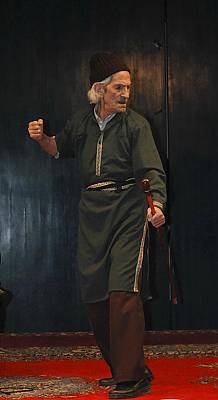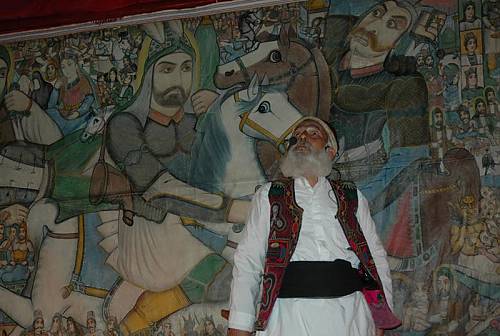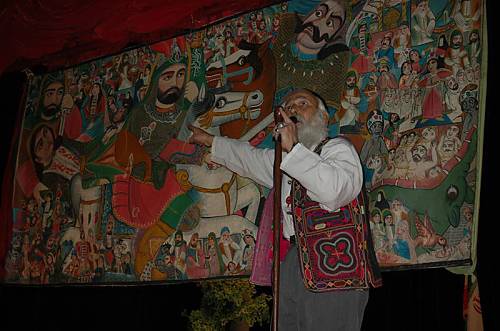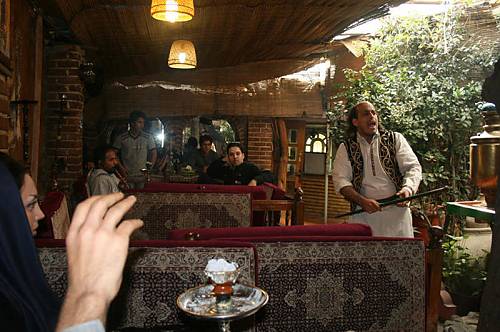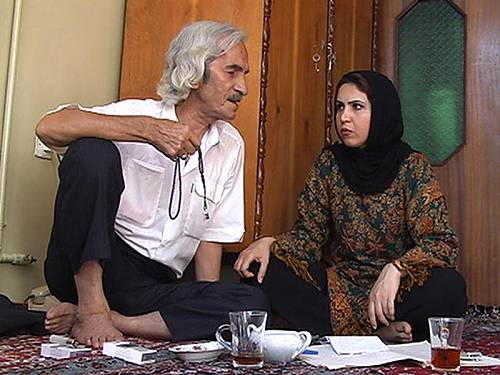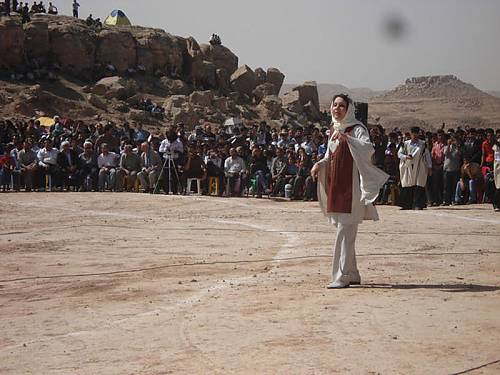Naqqāli, Iranian dramatic story-telling
Inscribed in 2011 (6.COM) on the List of Intangible Cultural Heritage in Need of Urgent Safeguarding
Naqqāli is the oldest form of dramatic performance in the Islamic Republic of Iran and has long played an important role in society, from the courts to the villages. The performer – the Naqqāl – recounts stories in verse or prose accompanied by gestures and movements, and sometimes instrumental music and painted scrolls. Naqqāls function both as entertainers and as bearers of Persian literature and culture, and need to be acquainted with local cultural expressions, languages and dialects, and traditional music. Naqqāli requires considerable talent, a retentive memory and the ability to improvise with skill to captivate an audience. The Naqqāls wear simple costumes, but may also don ancient helmets or armoured jackets during performances to help recreate battle scenes. Female Naqqāls perform before mixed audiences. Until recently, Naqqāls were deemed the most important guardians of folk-tales, ethnic epics and Iranian folk music. Naqqāli was formerly performed in coffeehouses, tents of nomads, houses, and historical venues such as ancient caravanserais. However, a decline in the popularity of coffeehouses, combined with new forms of entertainment, has resulted in diminishing interest in Naqqāli performance. The aging of master performers (morsheds) and the decreasing popularity among younger generations have caused a steep drop in the number of skilled Naqqāls, threatening the survival of this dramatic art.

